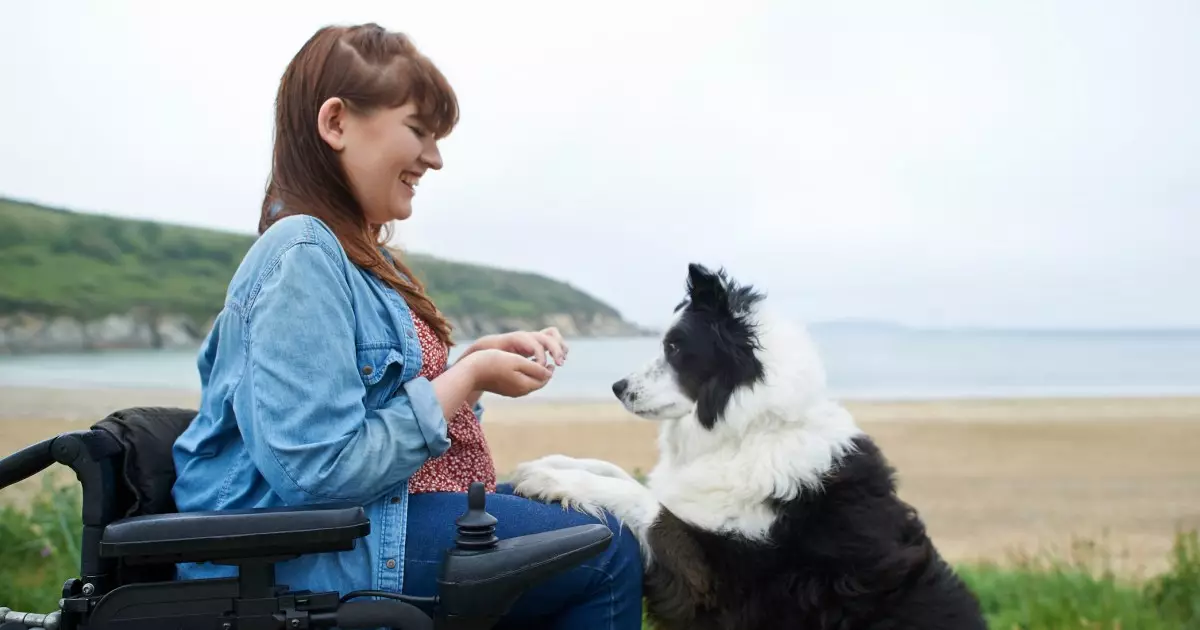Teaching your dog to come when called is more than just a handy trick; it’s a crucial element of safe and responsible dog ownership. While some puppies may instinctively run to their owners, not all dogs share this enthusiasm. Thus, mastering the recall command requires patience, consistency, and understanding of canine behavior. Below, we will explore effective training strategies and common pitfalls to avoid, ensuring your dog associates the command with positive experiences.
When establishing a reliable recall, one of the most effective techniques is positive reinforcement. Every time your dog approaches you, they should be met with praise or a treat. This process starts with acknowledging any movement your dog makes towards you. It’s imperative to not expect an all-or-nothing response early in training. If your dog takes even the smallest step in your direction, reward it. By doing so, you create a positive correlation between the action of coming when called and receiving acknowledgment or rewards.
As your dog becomes more accustomed to responding to you, the stakes of training will increase. It’s not uncommon for dogs to get distracted and run away from you mid-recall or remain hesitant when you reach for their collar. In these instances, remember to avoid punishment; a dog that yields to discipline enforcement when it comes to recall may learn to associate being called with negative feelings. Instead, use attention-grabbing tactics like running away from your dog, encouraging them to follow you, and rewarding them when they do.
To instill a strong recall, the timing of your rewards is crucial. Always offer the treat or praise immediately after your dog complies with your command. This clear connection between the behavior and the reward reinforces their tendency to respond positively. However, introducing treats to this method can be tricky; your dog should not only come for a reward but should also develop an intrinsic desire to be near you. Therefore, avoid giving treats every single time—progressively reducing their frequency can help establish that the reward is special.
It’s essential to consider the recall command’s context as well. For many dogs, being called can inadvertently lead to confinement or unfavorable situations, such as leaving a park or getting leashed up after a fun romp. This could prompt your dog to resist coming to you. Instead, always strive to create an environment where coming to you is met with excitement, play, or freedom rather than a punishment or restriction.
Establishing a reliable recall often necessitates using consistent and uncomplicated commands. Avoid using “come here” or “come” as a catch-all command until your dog has mastered the command and can be reliably trusted to return. Prior commands like “sit” or “stay” may serve as precursors to more complex commands and can engage your dog prior to giving them a recall command.
Prioritize practicing in various environments—both familiar and new—to expose your dog to distractions while maintaining their focus. Varying the locations and circumstances will refine their recall abilities in real-world scenarios. Remember, expecting your dog to respond perfectly every time isn’t realistic; gradual exposure alongside positive reinforcement will yield better results.
Training your dog to come reliably requires a thoughtful approach. If you find yourself in a frustrated moment, it’s vital to remember that dogs thrive on consistency and encouragement. Rather than punishing your dog for perceived failures, redirecting their behavior and fostering an engaging atmosphere will yield longer-lasting and more robust training outcomes.
Ensure that your training sessions remain upbeat and engaging, preventing monotony from hindering progress. Young puppies are especially in need of energizing exercises that attract their focus away from distractions. Never forget the value of building trust: a dog that feels safe and secure is far more likely to be responsive and eager to comply.
Teaching your dog to come when called is an essential skill that necessitates careful consideration and practice. By employing positive reinforcement, maintaining consistency, and training with patience, you will strengthen the bond between you and your dog while ensuring their safety and obedience in various situations.

